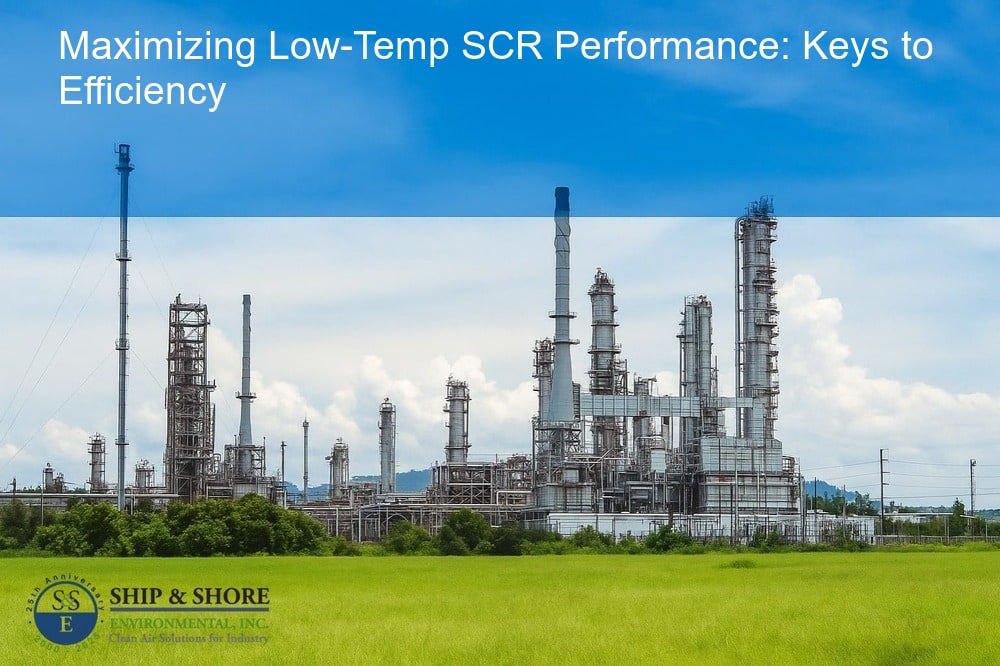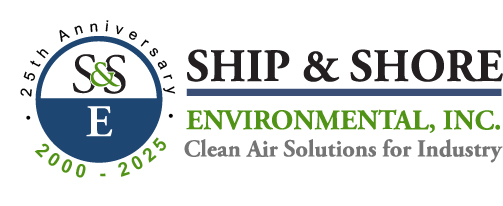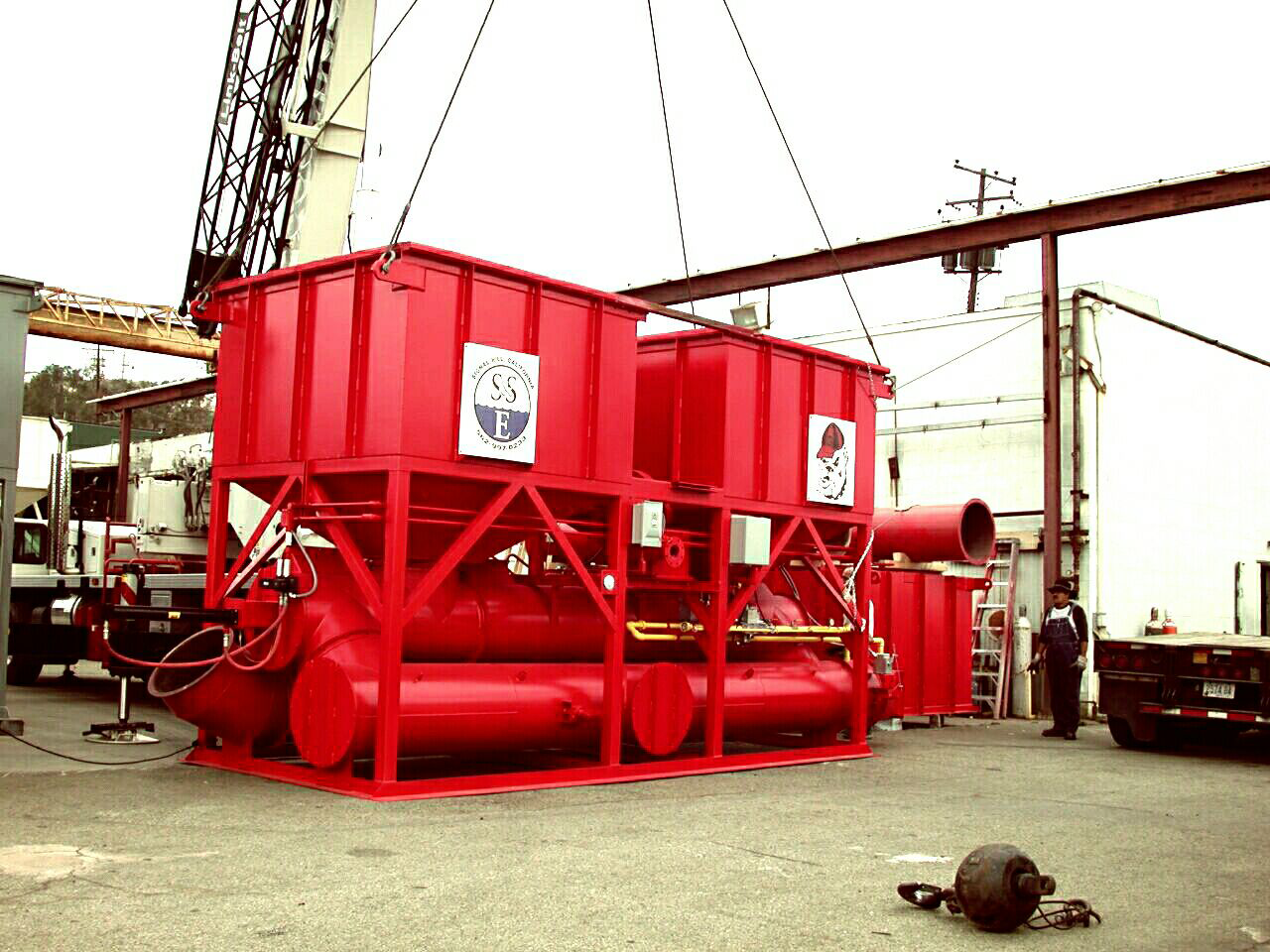
Maximizing Low-Temp SCR Performance for Emissions Control
September 26, 2025 6:47 amUnderstanding Low-Temperature Selective Catalytic Reduction (SCR) Systems
Maximizing low-temp SCR performance is crucial as industries strive to meet stringent environmental regulations. Selective Catalytic Reduction (SCR) systems are pivotal in controlling and reducing nitrogen oxide (NOx) emissions from industrial exhaust gases. Operating these systems effectively at lower temperatures without compromising efficiency presents an ongoing challenge that requires robust understanding and strategic approach.
The Importance of SCR Systems in Industrials Emissions Reduction
SCR systems play a vital role in reducing the overall NOx emissions from various industrial processes, including power generation, manufacturing, and chemical processing. By converting harmful NOx gases into nitrogen and water vapor through a catalytic reaction using a reductant like ammonia or urea, SCR systems contribute significantly to improving air quality and public health. Implementing efficient low-temperature SCR solutions helps industries not only comply with current regulations but also prepare for future, more stringent emissions standards.
The Need for Optimizing Low-Temp SCR Performance
As industries continuously look for ways to cut down operational costs and enhance performance, optimizing low-temperature SCR performance becomes a critical focus. Operating SCR systems at lower temperatures can lead to energy savings and prolonged catalyst life, but it requires overcoming various challenges such as maintaining optimal reaction rates and preventing catalyst deactivation. With the rising cost of energy and ongoing environmental concerns, making low-temperature SCR systems more effective is more crucial than ever.
Key Considerations in Maximizing Low-Temp SCR Performance
When it comes to optimizing low-temperature Selective Catalytic Reduction (SCR) systems, there are several crucial factors to consider. One of the main issues is ensuring that the catalyst operates efficiently at lower temperatures. Low-temp SCR performance can be influenced by the type of catalyst used, the design of the SCR reactor, as well as operational conditions like temperature and flow rates.
Additionally, maintaining a consistent and adequate supply of reductant, such as ammonia or urea, is vital for the chemical reactions involved in SCR systems. Our experience has shown that engineered solutions that incorporate precise control systems can significantly enhance the performance of low-temp SCR, ensuring they run smoothly even under varying industrial conditions.
Techniques to Enhance the Efficiency of Low-Temperature SCR Systems
Effective strategies are essential for maximizing low-temp SCR performance. Advanced catalyst formulations, including those that incorporate tungsten, vanadium, or zeolites, have proven to be highly effective. These catalysts facilitate better NOx conversion rates at lower temperatures.
Moreover, optimizing the design of the reactor itself can offer substantial gains. A well-designed reactor with optimal flow dynamics ensures that exhaust gases and reductants mix well, promoting efficient reactions. This attention to design allows us to mitigate issues like ammonia slip and catalyst fouling, both of which can hinder system performance.
Real-World Examples of Optimized Low-Temp SCR Performance
Our extensive work in the field provides ample examples of successful optimization. For instance, by implementing a state-of-the-art control system at a steel manufacturing plant, we managed to achieve significant reductions in NOx emissions, all while maintaining compliance with stringent environmental regulations.
Another successful project was carried out at a chemical processing plant. By replacing an outdated catalyst with a state-of-the-art, low-temp alternative, we saw immediate improvements in emission reductions. Moreover, the upgraded system required less frequent maintenance, ultimately resulting in reduced operational costs.
- Advanced catalyst formulations, including tungsten, vanadium, or zeolite-based catalysts
- Optimized reactor designs with efficient flow dynamics
- Precise control systems for maintaining consistent reductant supply
- Implementation of state-of-the-art monitoring and diagnostics tools
- Regular maintenance and timely replacement of catalyst materials
In both cases, these real-world applications demonstrate how a multifaceted approach to maximizing low-temp SCR performance significantly enhances system efficiency and longevity. Through these optimized techniques, we are also contributing to significant environmental benefits by reducing harmful emissions.
Did you know? Low-Temp SCR systems can operate efficiently at temperatures as low as 150-200°C, significantly reducing industrial nitrogen oxide emissions.
The Impact of Maximized Low-Temp SCR Performance on Environmental Compliance
As we forge ahead in mitigating industrial emissions, the role of low-temperature Selective Catalytic Reduction (SCR) systems cannot be overstated. Maximizing low-temp SCR performance is pivotal for attaining not only regulatory compliance but also for contributing significantly to environmental stewardship. High-efficiency SCR systems ensure that nitrogen oxide (NOx) emissions are minimized, aiding in the reduction of smog and acid rain. This has profound implications, from improving public health to fostering a sustainable industrial landscape.
Quick Recap: Maximizing Low-Temp SCR Performance
Throughout our exploration, we’ve highlighted essential strategies for maximizing low-temp SCR performance. Key considerations include understanding the operational conditions, selecting the right catalytic materials, and implementing advanced control technologies. Techniques such as utilizing superior catalyst formulations and optimizing reactant distribution have proven effective in enhancing system efficiency. Through real-world examples, we’ve demonstrated how these approaches yield tangible benefits, from reduced emissions to operational cost savings.
Looking to the Future: Innovations in Low-Temperature SCR System Tech
The future of low-temperature SCR systems is bright with the promise of cutting-edge innovations. Future developments are expected to focus on improving catalyst durability, extending operational lifespan, and enhancing overall system integration. Advanced materials and smart control systems are on the horizon, poised to further revolutionize SCR technology. Additionally, pairing SCR systems with complementary technologies, such as catalytic oxidizers, can create hybrid solutions that push the boundaries of emissions control.
At Ship & Shore Environmental, Inc., we are committed to leading this charge, continually refining and expanding our expertise to provide state-of-the-art solutions for industrial emissions reduction. Together, by maximizing low-temp SCR performance, we can achieve remarkable progress towards cleaner air and a healthier planet.
FAQ
What is the significance of maximizing low-temperature SCR system efficiency?
Enhancing the efficiency of low-temp SCR systems is crucial for reducing industrial emissions of nitrogen oxides, which contribute to air pollution problems like smog and acid rain. By optimizing these systems, we support environmental compliance and promote public health while maintaining industrial productivity.
How can operational conditions affect the performance of low-temp SCR systems?
Operational conditions such as temperature, gas flow rates, and the presence of pollutants can significantly impact the performance of SCR systems. Careful monitoring and adjustments are required to maintain optimal conditions for the catalyst to effectively reduce NOx emissions.
What advancements are expected in the future for low-temperature SCR technologies?
We foresee innovations that will enhance catalyst durability, extend system lifespan, and improve overall integration. Expect to see smarter control technologies and advanced material science playing a pivotal role in revolutionizing SCR performance, leading to cleaner industrial processes.
Can low-temp SCR systems be combined with other technologies to improve emission control?
Absolutely. Integrating SCR systems with complementary technologies like catalytic oxidizers can create hybrid solutions that enhance emission reduction capabilities. Such combinations can lead to greater operational efficiencies and further improvements in environmental outcomes.
What role does Ship & Shore Environmental, Inc. play in the development of SCR systems?
At Ship & Shore Environmental, Inc., we are dedicated to advancing the technology of low-temperature SCR systems. Our team’s commitment to innovation ensures we are at the forefront of providing effective solutions for reducing industrial emissions and contributing to the well-being of the environment.
Categorised in: Blog

